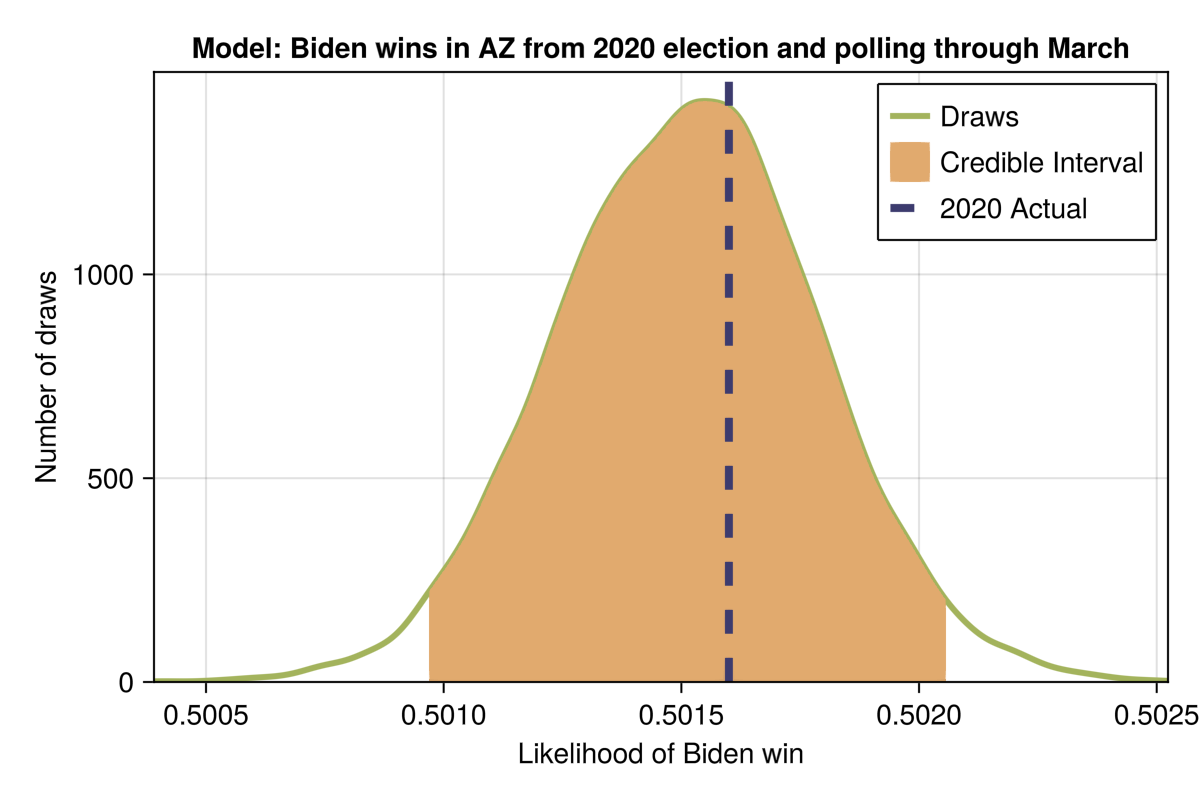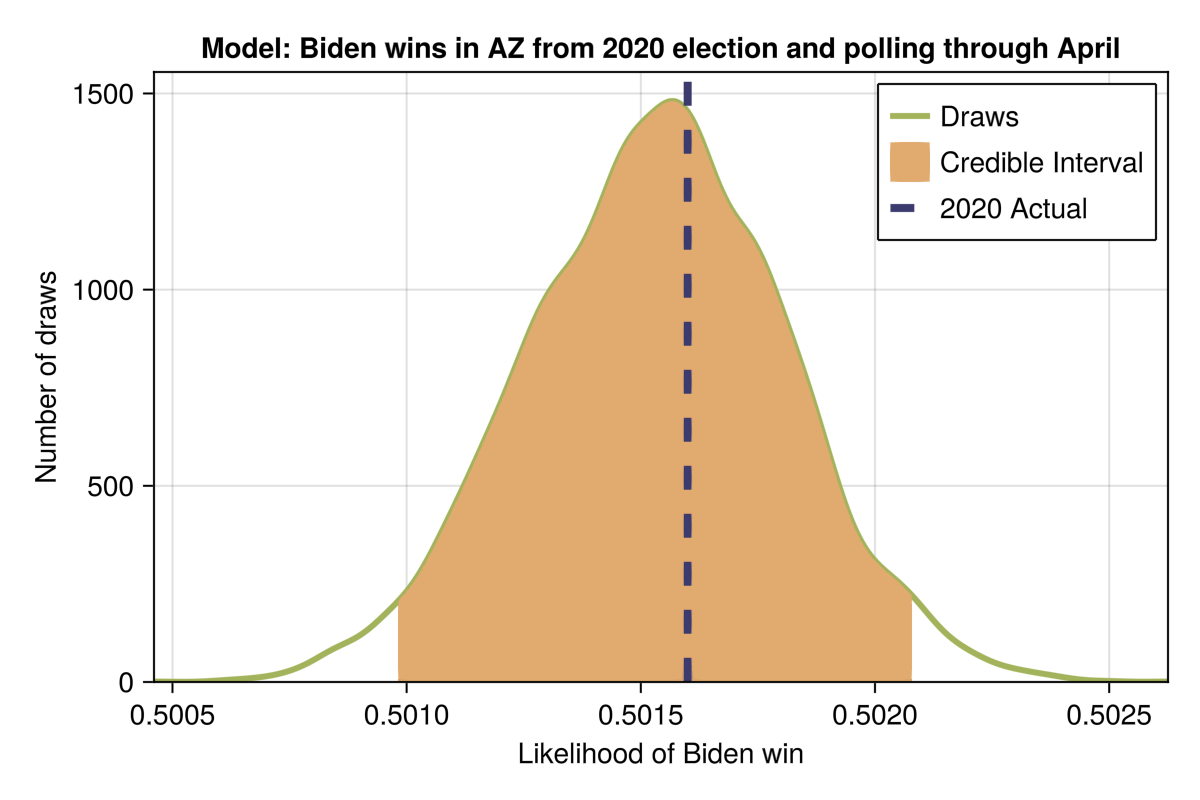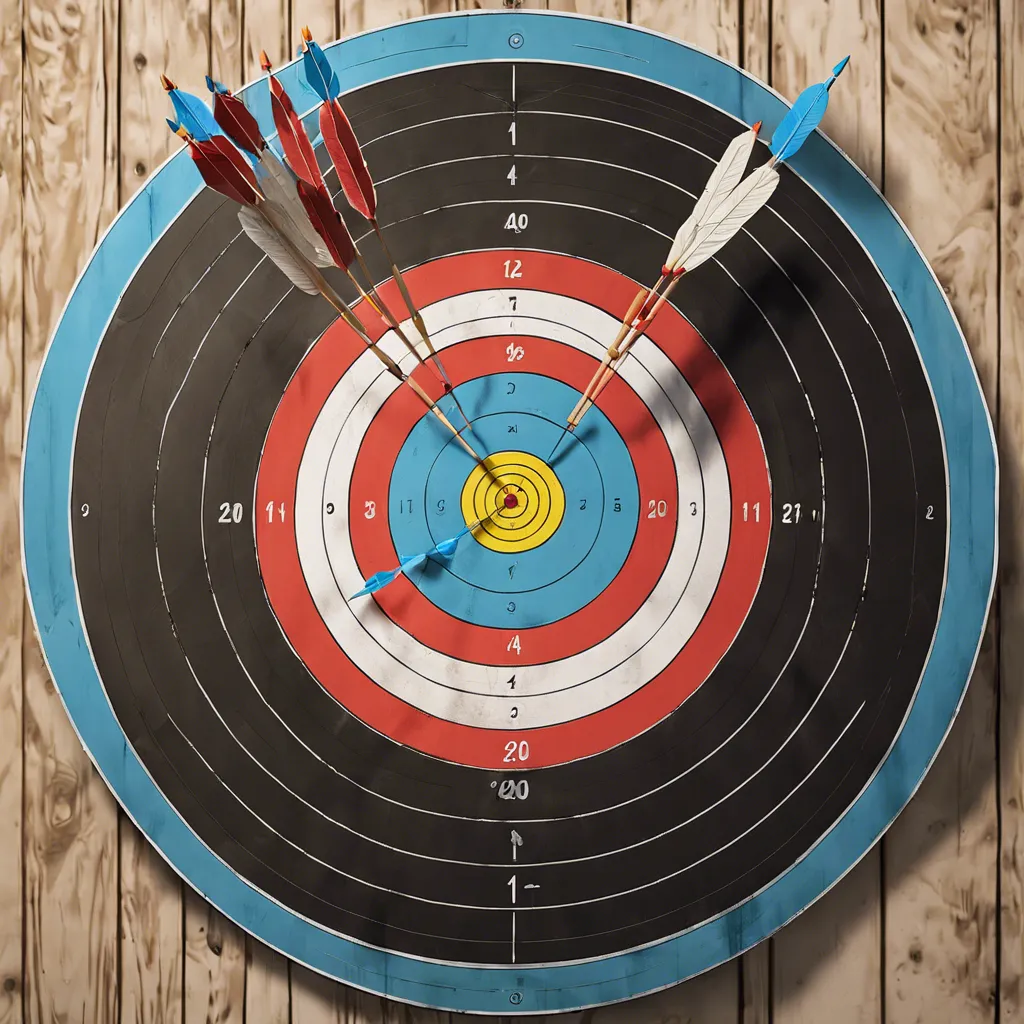Table of Contents
In six months, Election Day will be in sight and we should be prepared for three scenarios based on how we are then thinking about the odds
- We are all going to die waiting for the results
- We're doomed
- We're going to dodge that bullet
Paying attention along the way
There will be a lot of news about the election and a lot of predicting based on hope, or fear, or historical precedent, or new political science paradigms. (And a fair share of inaccuracy, bias, deceitful and other sources of noise.) There will also be news about polling results. Here, at least, is some quantitative data that is directly relevant to the outcome.
But.
But of course presidential preference polls aren't ballots and they have been known to miss the mark.
Election models as starting points
Some models are very good at predicting an outcome based on inputs. For example,
Where will the moon be when Apollo 11 arrives in the general vicinity?
A Newtonian model of planetary movement yields high precision. Other models don't do quite so well.
Where will the Dow close on August 12?
If necessary, we may have to form opinions because otherwise some course of action (applying for immigration visas, perhaps) cannot be taken. Modeling can help by putting a number on how uncertain we are of our belief.
This is sort of the flip side of confirmation bias because we are using the model to quantify doubt.
This election has something unique
It is the first rematch involving a former president challenging the president who defeated him. Grover Cleveland v. Benjamin Harrison. And it is the first rematch of any election since Eisenhower took down Stevenson a second time in 1956.
We know something this time we don't usually.
Most of the voters of 2020 can vote again in 2024. There are some voters who have moved away from the seven swing states or moved in. And there are some voters who are newly eligible to vote.
If you knew nothing else …
But that Biden beat Trump narrowly in 2020 in six of the seven swing states would you start by waiting for current polling to settle out?
You should not. From that perspective you should take the percentage shot—the near future will look like the near past, plus or minus a little.
The stats boffins call this using Bayesian priors. We had an election. It was close. It might have gone another way. So why not, in effect, rerun the election, virtually, under the view that it could have gone differently?
Let's take Arizona. Biden won with 50.16% of the two candidate vote. Taking his number of wins, 1,672,143 and the number of votes for Biden and Trump combined, shake well and sample 10.000 times and find that 95% of the draws fall between 50.1% and 50.21% probabilities. The probability that we would observe a sample less than 50.1% is 2.5%.

With that information—the distribution
We can go on to add new information—the March polling results, and perform the same operation.

And from there

Pick a lane
I'm using three
- Stringent—Biden wins if all of the values in the credible interval (analogous to the confidence interval) are equal to or greater than his 2020 margin.
- Historical—fewer than 2.5% of the values in the credible interval are less than 2020 margin.
- Relaxed—fewer than 2.5% of the values in the credible interval are less than 50.01% of the two candidate vote.
Currently, Biden loses under the Stringent and Historical criteria with 225-313 Electoral College losses. But he wins under the Relaxed criterion, taking six of the seven swing states (missing North Carolina) for a 302-236 Electoral College victory.
I discuss the Seven Swing States using this model and collect news, legal cases and other information regarding the jurisdictions that likely decide the next election at SwingWatch.org.








